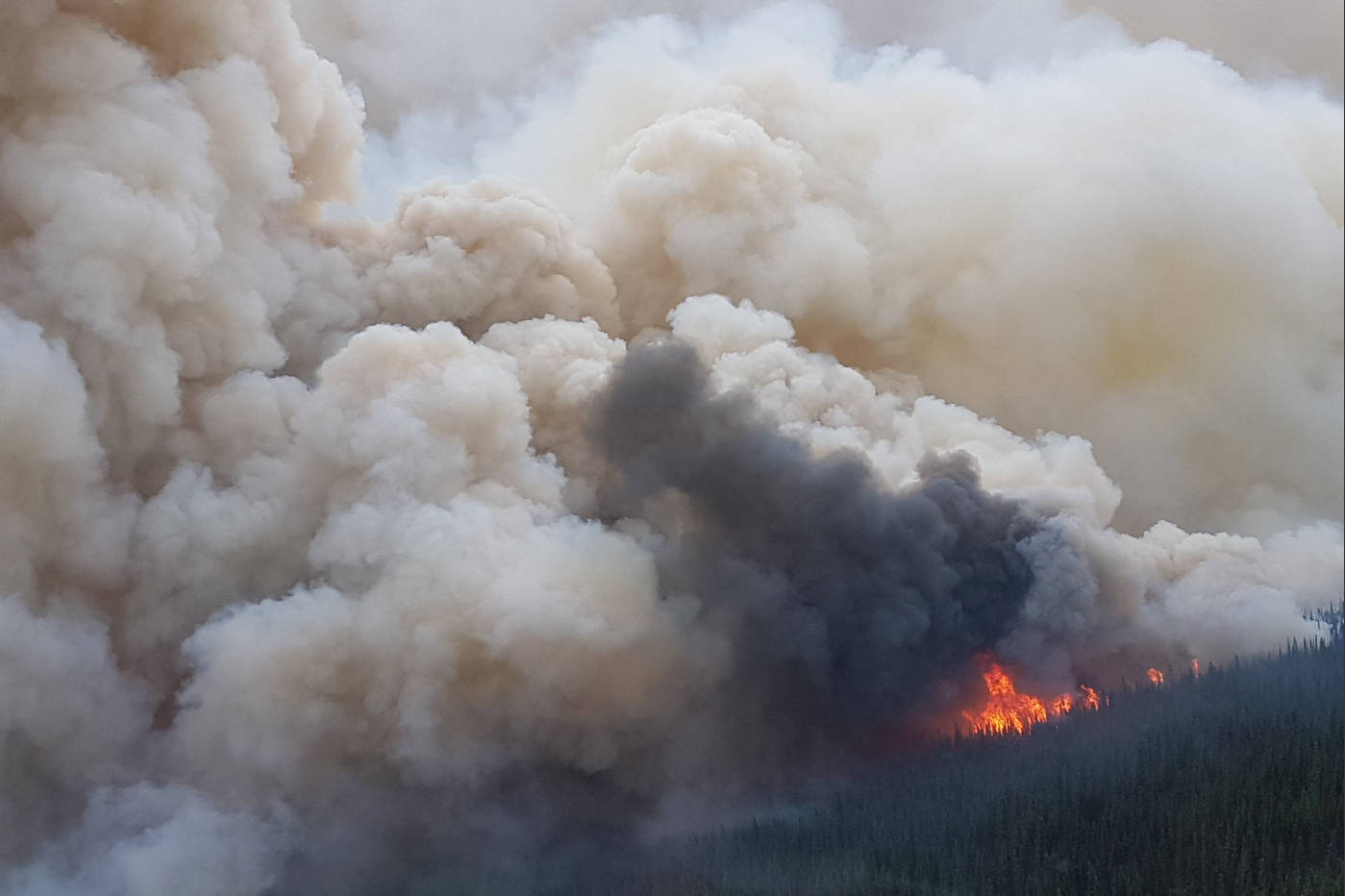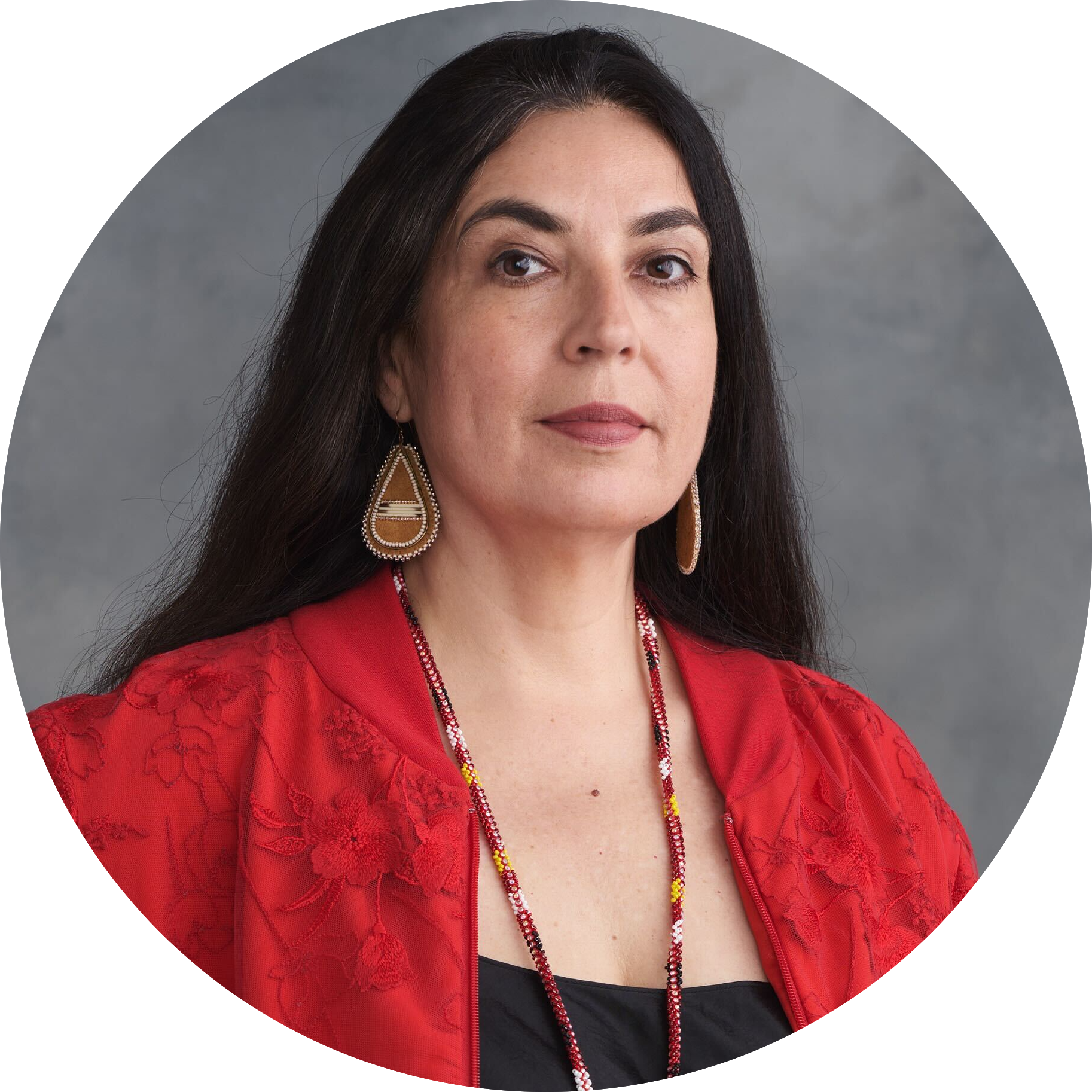
The root of the problem in northern Ontario
This story about a lawsuit involving First Nations in northern Ontario has deep roots — in...
As B.C. politicians and public health officials were pleading with people to stay home, more than 120 residents were forced to flee their Squamish Valley homes last week as a wildfire quickly closed in on their community.
It was the first evacuation order of the season.
They returned four days later, but households near the fire remain on evacuation alert. The fire reached 200 hectares, about the size of two football fields, before firefighters gained some control.
As B.C.’s wildfire season kicks off, experts are concerned about wildfires converging with COVID-19 and decreasing air quality, making people more vulnerable to the virus.
The worst COVID-19 cases cause pneumonia, and air pollution increases the risk of pneumonia and the likelihood of the infection becoming fatal, said Michael Bauer, an air quality expert and professor at the University of British Columbia’s School of Population and Public Health.
Wildfire smoke can irritate the lungs, cause inflammation and alter immune function. Pollutants can also degrade cells that help filter air in our respiratory tracks, Bauer explained, which can make one more susceptible to respiratory infections like pneumonia.
“Air pollution doesn’t cause these infections, but it affects your immune response,” he said.
A nation-wide study in the United States found higher levels of air pollution were associated with higher death rates from COVID-19.
Brauer is concerned COVID-19 has made more people vulnerable to poor air quality.
“If we have a smoke event, we know there’s x percentage of our population that’s more likely to be affected,” he said, meaning people with heart disease, lung disease or other pre-existing conditions. “Now that level may be higher because of the pandemic. At the same time, we’ve got a health-care system that’s already strained.”
In 2018, B.C.’s worst fire season on record, doctors saw a dramatic surge in patients with lung issues caused by wildfire smoke.
The B.C. Ministry of Health released new COVID-19 modelling on Friday, but it does not examine the potential effects of smoke on COVID-19 cases. A spokesperson told The Narwhal the ministry is “working closely with other ministries and agencies to monitor the effect wildfire smoke may have on the provincial response to COVID-19.”
The province banned open burning on April 14 to reduce the demands on firefighting resources and to reduce the impact of wildfire smoke on air quality and public health during the pandemic. The B.C. Wildfire Service told The Narwhal it’s predicting a normal wildfire season for April and May. But fires are unpredictable.
Even before COVID-19, air quality was a major health concern. Health Canada estimates air pollution causes 14,600 premature deaths across the country every year.
As the world gets hotter, wildfires get worse. And the world is getting steadily hotter: the World Meteorological Organization released a report in March confirming that 2015-19 are the five warmest years on record and 2010-19 is the warmest decade on record.
Research shows climate change is making B.C.’s wildfire season hotter, longer and drier through impacts such as increased drought and thunderstorms and decreased snowpack.
Even though the 2019 wildfire season wasn’t as intense as 2017 and 2018, that’s no reason to be complacent, said Sarah Henderson, a senior scientist with the B.C. Centre for Disease Control.
She said B.C. has to prepare for every season to be extreme. “Not to prepare for the worst, from my perspective, is folly,” she said.
Henderson is concerned about air quality in long-term care homes, which have already been hit hard by COVID-19. Currently, 20 long-term care and assisted living homes in B.C. have outbreaks. Henderson advised care homes to consult with ventilation and air-conditioning professionals early and to begin sourcing supplies in case manufacturers or supply chains have slowed down.
She said facilities in the Lower Mainland may be “less smoke ready” than those in the Interior, where communities are more experienced with wildfire smoke.
Henderson is meeting with the Ministry of Health to discuss preparing long-term care homes for wildfire smoke.
In the face of COVID-19, Bauer recommends people with pre-existing conditions like heart and lung disease check in with their physicians and have their medications ready. He also recommends people buy portable air cleaners if they have the means.
Brauer also wants to see more clean air shelters, which are public spaces with air conditioning or filtration for those who can’t afford their own air cleaners. Public buildings like libraries have acted as clean air shelters in the past.
“Of course, that also becomes quite challenging in a pandemic when we’re telling people to stay home,” he said.
The B.C. Centre for Disease Control
advises British Columbians to check the air quality index regularly and limit outdoor exercise in smoky conditions. While some face masks can protect from wildfire smoke, the centre urges people to reserve medical masks and N95 respirators for front-line health-care workers.
People who live in remote areas of B.C. at risk of wildfires are also worried about the potential collision of COVID-19 and wildfire season.
The Tahltan First Nation’s Telegraph Creek community lost 21 homes to catastrophic wildfires in 2018. Tahltan Chief Rick McLean said the nation has done a lot of forest clean-up since then, harvesting timber as firewood. He said they’ve been working on forest reclamation and gearing up their fire department. There was also above average snowfall in Tahltan territory over the winter.
“We’re making sure our community is prepared,” he said.

Wildfire near Telegraph Creek, B.C., in Tahltan territory during the summer of 2018. Photo: B.C. Wildfire Service
McLean is also concerned about health-care facilities in the north being overwhelmed. The province increased the number of hospital beds in preparation for a surge in COVID-19 cases. On Friday the Ministry of Health reported less than 50 per cent of care beds in B.C. are occupied and new cases of COVID-19 appear to have plateaued.
Brauer said all the upheaval of COVID-19 could include a silver lining for mitigating air pollution.
“I think we should be viewing this as an opportunity to correct some long-standing issues,” he said, rather than going back to “business as usual.”
Brauer said governments should include measures to reduce air pollution in its economic stimulus plan and consider restructuring transportation systems by prioritizing public transit, walking and biking over vehicle traffic.
He added that it’s also time to implement better forest management, including controlled burning, a traditional practice by Indigenous Peoples.
Last year the Tsilhqot’in launched a pilot project to develop a traditional fire management program. They also invited firefighters from the Cariboo Fire Centre to learn about traditional practices.
“We want to go back to traditional methods but also include the modern that complements what we’re doing,” said Chief Jimmy Lulua of the Xeni Gwet’in First Nation, part of the Tsilhqot’in Nation.
Lulua said the wildfires of 2017 and 2018 were the worst in Tsilhqot’in history. More than 500,000 hectares burned in the Chilcotin Plateau in 2017. He said 2019 was a wet year, which granted some reprieve, but also comes with its own risks.
“Now, the grass is super-long,” said Lulua, a former wildfire fighter. “All this fuel is on the ground, which creates a big hazard. It could be another wet season, it could be another bad fire season. It’s hard to predict with the weather nowadays.”
Fuel, meaning dry debris on the forest floor, acts as kindling and makes a forest vulnerable to wildfires.
In 2019, the federal budget included almost $48 million over five years to support First Nations to enhance their capacity around wildfire management. But Lulua said the problem runs deeper.
He said Indigenous Peoples are “always responding to crises because of the mismanagement of forests.” He said logging blocks are disrupting the integrity of forests, making them more susceptible to wildfires.
“I’ve always been told by one of our chiefs, ‘Until we have 100 per cent jurisdiction of our land, we won’t be out of crisis mode,’ ” he said.
Like what you’re reading? Sign up for The Narwhal’s free newsletter.
Content for Apple News or Article only Get the inside scoop on The Narwhal’s environment and climate reporting by signing up for our free newsletter. This...
Continue reading
This story about a lawsuit involving First Nations in northern Ontario has deep roots — in...

At a crucial point in their research, biologists are scrambling to find new support for...

From True Detective to The Grizzlies, the Inuk actor is known for badass roles. She's...

